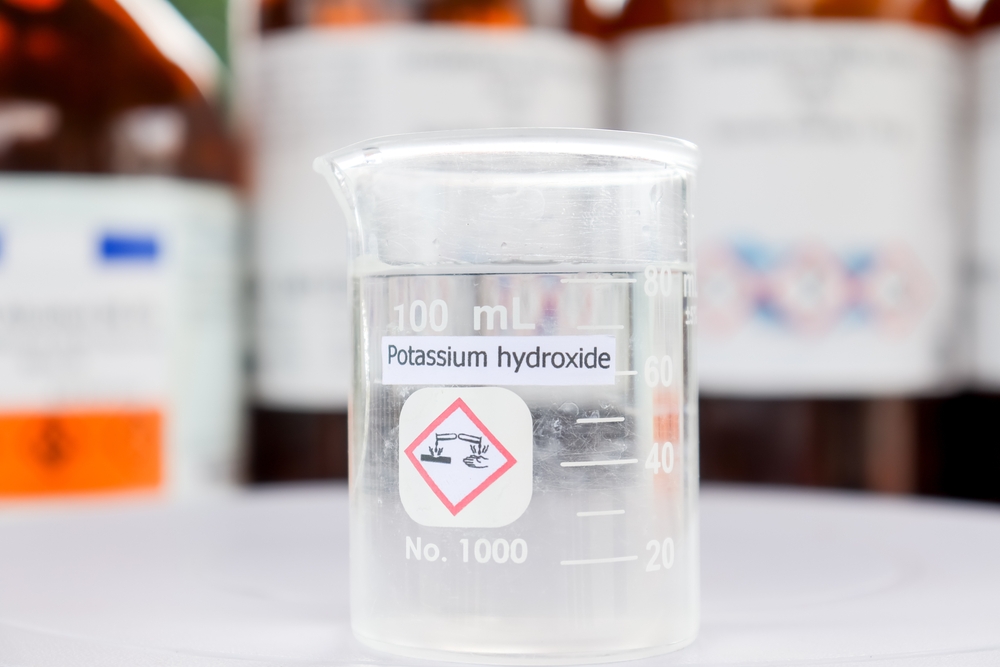In our latest installment of Ask the Expert, brought to you by the team of industry experts at EHS Hero®, we look at a recent question from a subscriber asking about elementary neutralization. See what the experts had to say.
Q: For elementary neutralization, can potassium hydroxide be pumped into a 55-gallon drum, transported to the accumulation area, then later be moved to another part of the facility and treated with phosphoric acid to lower the pH to a range of 7-9?
Complete question: To qualify for elementary neutralization, can potassium hydroxide be pumped out of equipment into a 55-gallon drum, transported to the central accumulation area (CAA) and be treated as hazardous waste, then later removed from the CAA and pumped into a 300-gallon tote located in another part of the facility than where the waste was generated to be treated with phosphoric acid and lower the pH to a range of 7-9? What pH or end point is considered neutralized for the EPA?
Answer: After it is generated at your facility and placed in a 55-gallon drum, your potassium hydroxide can be transported to the facility’s CAA and managed as a hazardous waste and later moved to another part of the facility and pumped into a 300-gallon tote and treated in accordance with the elementary neutralization requirements provided specific conditions are met. [You mentioned in your question that the potassium hydroxide would be “treated” in the CAA, but I believe you meant “managed” as you described it being later treated later with phosphoric acid in another part of the facility in order to lower the pH to a range of 7 to 9 pH.]
As you know, the elementary neutralization process is used for neutralizing wastes that are hazardous only because they exhibit the corrosivity characteristic or, alternatively, because they are wastes listed as hazardous in Subpart D of 40 CFR 261 for this reason (of which there are very few). Although technically a hazardous waste treatment process, the elementary neutralization process is exempt from requiring a hazardous waste treatment permit pursuant to 40 CFR 270.1(c)(2)(v).
Neutralization is a chemical process used on corrosive hazardous waste to adjust the pH level of the corrosive waste so that it no longer meets the RCRA definition of corrosive which is defined in 40 CFR 261.22 as:
- “Aqueous” with “a pH less than or equal to 2 or greater than or equal to 12.5, as determined by a pH meter using Method 9040C in Test Methods for Evaluating Solid Waste, Physical/Chemical Methods” or
- is a liquid and corrodes steel (SAE 1020) at a rate greater than 6.35 mm (0.250 inch) per year at a test temperature of 55°C (130°F) as determined by Method 1110A in Test Methods for Evaluating Solid Waste, Physical/Chemical Methods.“
Once the waste is neutralized, the hazard of corrosivity no longer exists. If the waste is aqueous, once the pH is more than 2 but less than 12.5 the federal regulations would consider the waste to be neutralized.
While the potassium hydroxide is in a 55-gallon drum located in the CAA the container must be in compliance with the regulations regarding management of containers in a CAA, including the container labeling requirements (e.g., marking the beginning date of accumulation) and keeping the container closed except when adding or removing the waste. You must count the waste stored in containers in the CAA toward your monthly generator status. Because you are not neutralizing the waste immediately upon generation (as is typically done), you should check with your state environmental regulatory agency as to whether the potassium hydroxide must be neutralized and removed from your facility before the applicable generator accumulation period for the CAA is reached.
The tote in which you plan to treat the potassium hydroxide must meet the definition of “elementary neutralization unit” (ENU) as defined at 40 CFR 260.10. An ENU is not subject to the hazardous waste management regulations. However, any wastes generated from the neutralization process are fully subject to all applicable federal, state, and local regulations. Note that before being land-disposed, neutralized waste may require further treatment in accordance with the federal land disposal restrictions at 40 CFR 268. In addition, If the pH range is reduced to between 5.5 and 9.5, it’s very possible that the treated waste can be disposed of through a sanitary sewer system provided the potassium hydroxide waste was characteristic for corrosivity and not a listed waste. Check with your state environmental regulatory agency to confirm. If your waste was a listed hazardous waste, it would still need to be handled and disposed of in the same manner as the original hazardous waste regardless of whether a hazard still exists.

